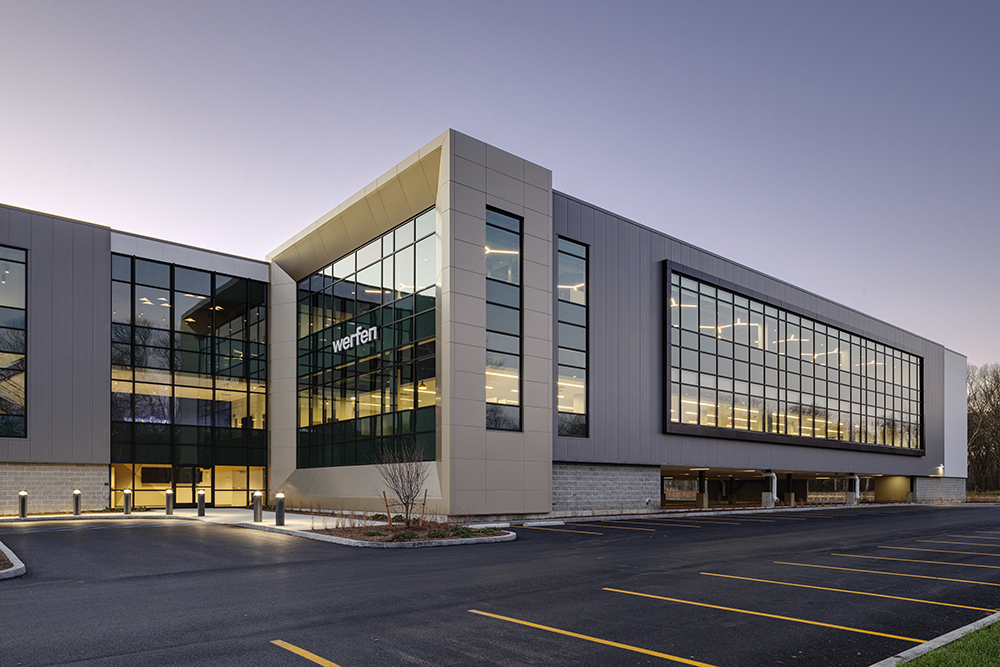Capital gap for business owners of color in the CRE sector - by Colleen Fonseca

The widening capital gap for business owners of color, particularly those involved in commercial real estate, is evident in the disparities in loan approval rates and is a pressing issue that continues to worsen. According to a report by the Federal Reserve, minority-owned businesses – including those in real estate and construction – face higher denial rates for loans, as high as 20% at times, versus white-owned businesses. These numbers factor in equivalent credit scores and bankability metrics between minority-owned and white-owned businesses. The reality of these numbers demonstrate that even as diverse businesses submit similar or equivalent loan applications, they are 20% more likely to be denied for no other factor than their race or ethnicity.
In commercial real estate, those statistics are equally sobering. A study done by the Urban Land Institute found that a mere 2 – 5% of commercial real estate developments are owned by minority entrepreneurs, although they comprise upwards of 40% of the entire United States population. This glaring underrepresentation demonstrates the formidable barriers minority-owned businesses face when attempting to secure capital for real estate projects.
The impact of biased lending practices becomes even more evident when examining interest rates. Data from the Small Business Administration reveals that businesses owned by people of color often contend with interest rates significantly higher than those faced by white-owned businesses. This financial burden compounds the challenges faced by entrepreneurs of color in the real estate and construction sectors, restricting their profitability and impeding their ability to thrive.
Diversity in industry networks is another critical aspect where numerical data reinforces the existence of a capital gap. A comprehensive study by McKinsey & Company found that minority entrepreneurs are vastly underrepresented in executive leadership roles within the commercial real estate sector. The data indicates that less than 5% of executive positions are held by individuals from underrepresented racial and ethnic groups. This lack of representation not only limits access to valuable networks but perpetuates a cycle of exclusion that obstructs the flow of capital to businesses owned by people of color.
Government initiatives, despite their existence, have not yet fully yielded the desired results. The U.S. Small Business Administration’s data reveals that even when minority-owned businesses persist through the challenges stacked against them and have loans approved, they still receive a disproportionately smaller share of total loan dollars. In concrete terms, pun intended, this translates to minority-owned businesses receiving, on average, 30% less in loan approval amounts compared to their non-minority counterparts. These statistics highlight the desperate need for more targeted and effective policies and processes to address the root causes of the capital gap in real estate, construction, and commercial real estate.
The incorporation of numerical data into the discussion emphasizes the urgency of addressing the widening capital gap for business owners of color in real estate-related sectors. From escalating loan denial rates, to disparities in interest rates and the profound underrepresentation in industry networks, the numbers paint a vivid picture of the (what can be viewed as) insurmountable challenges faced by minority entrepreneurs. Closing this gap for financial institutions and providers requires acknowledging these disparities and implementing precise and impactful policies. This is a challenge that our local financing industry can meet head-on. With our Commonwealth’s immense expertise and resources, we can lead the country in reducing inequality in access to capital and ultimately reduce the racial wealth gap.
Colleen Fonseca is executive director at Builders of Color Coalition, Boston, Mass.
Newmark negotiates sale of 10 Liberty Sq. and 12 Post Office Sq.


Four tips for a smooth 1031 Exchange - by Bill Lopriore

Five ways to ruin a Section 1031 Like-Kind Exchange - by Bill Lopriore

How COVID-19 has impacted office leasing - by Noble Allen and John Sokul








